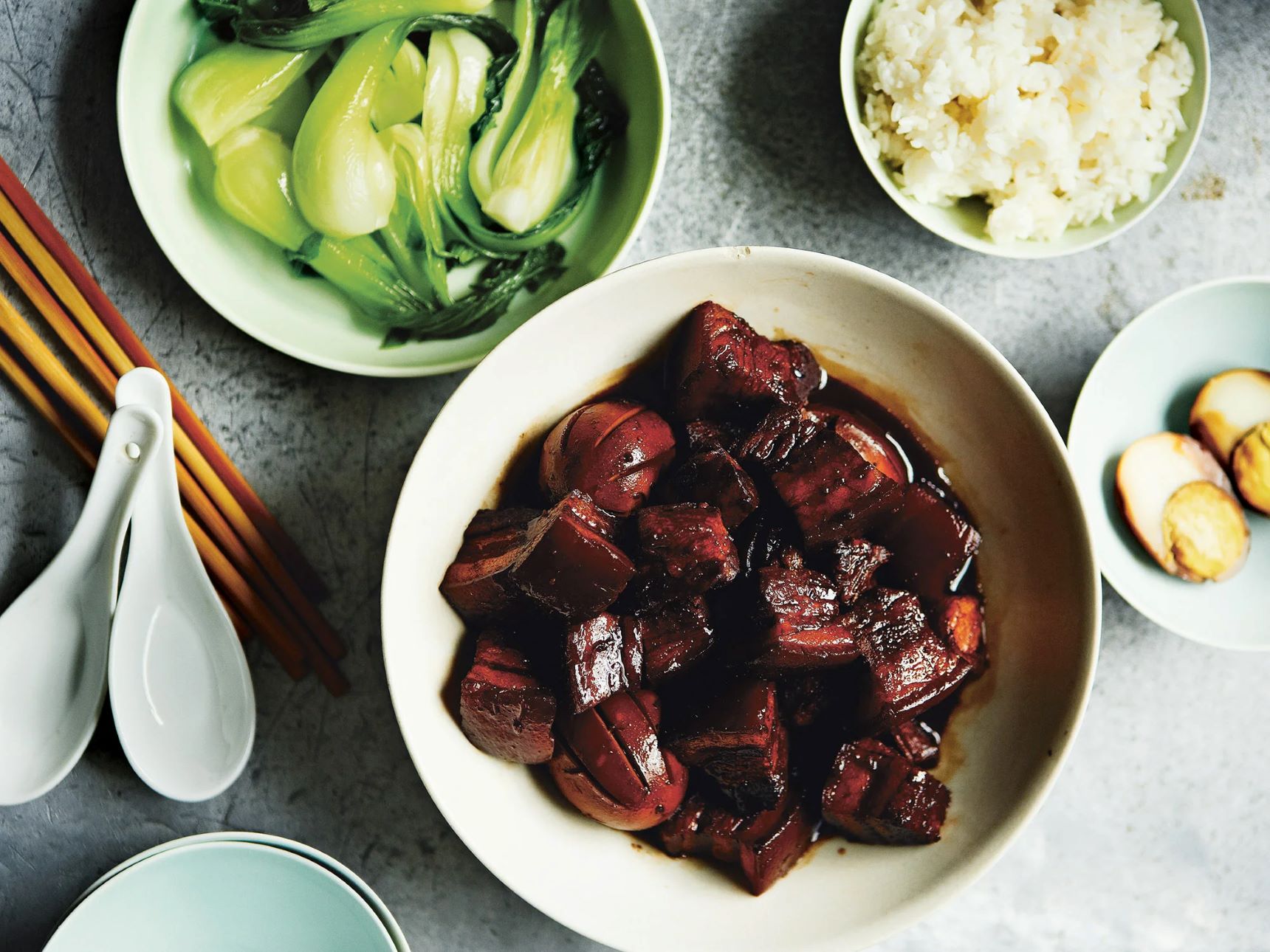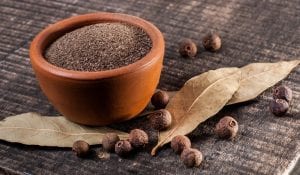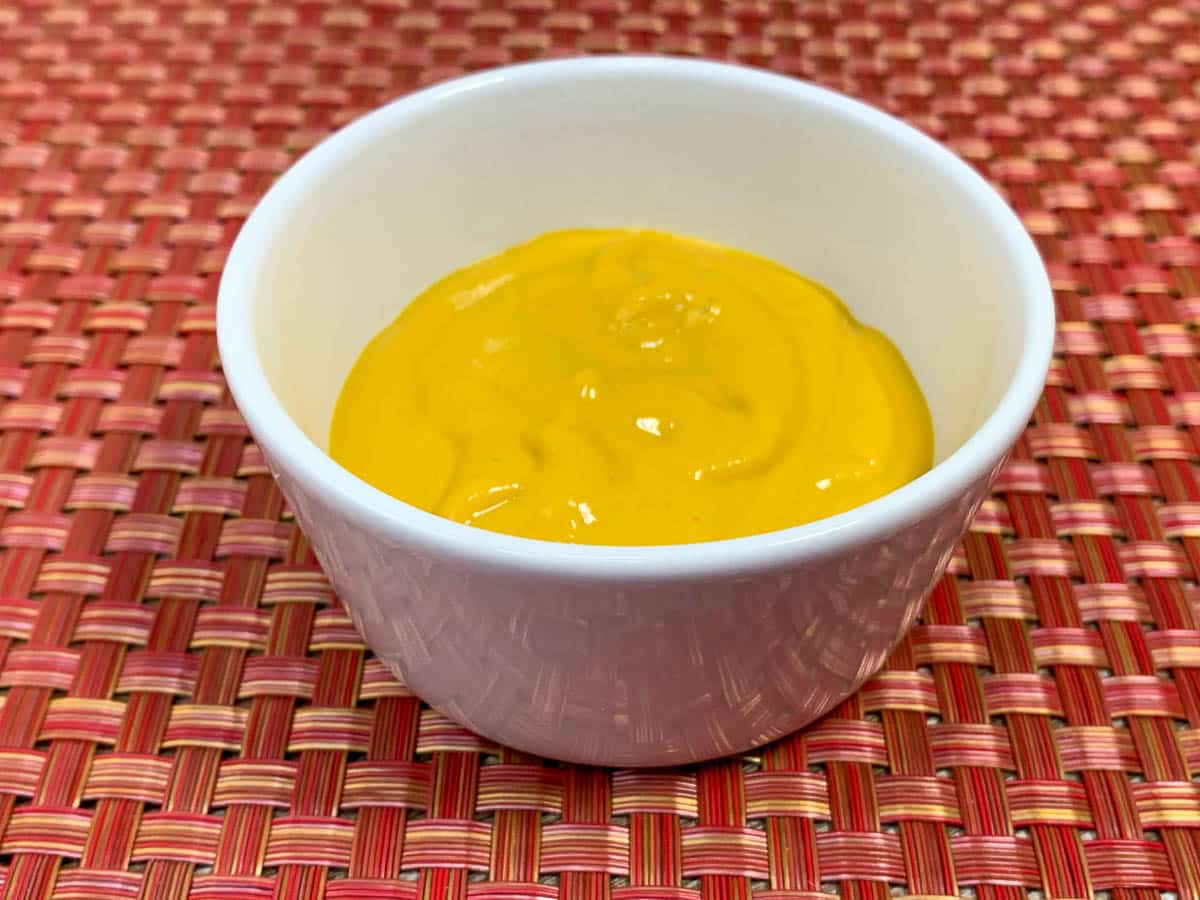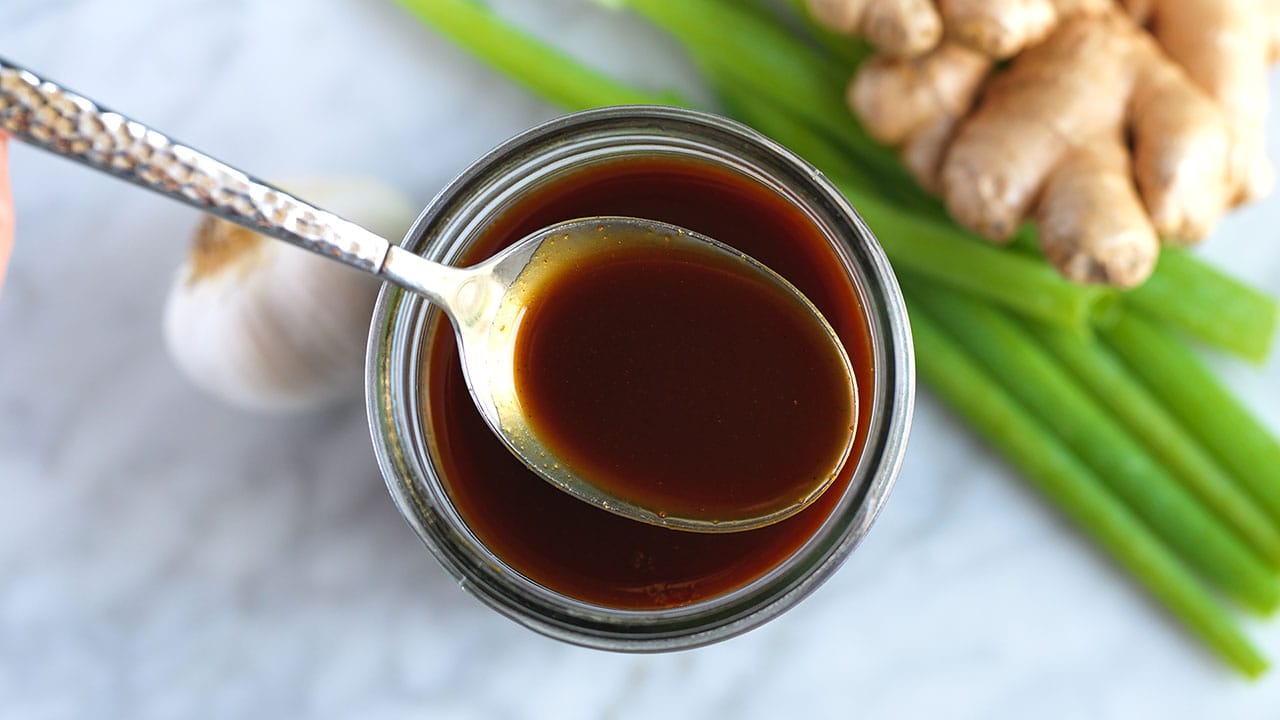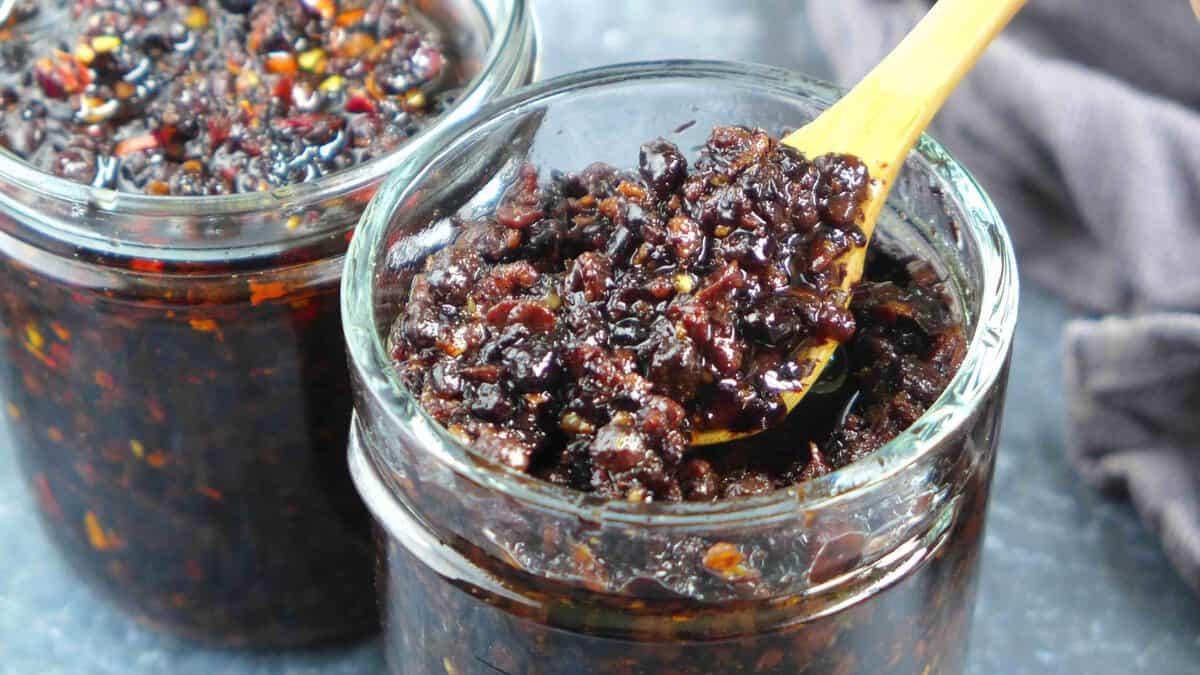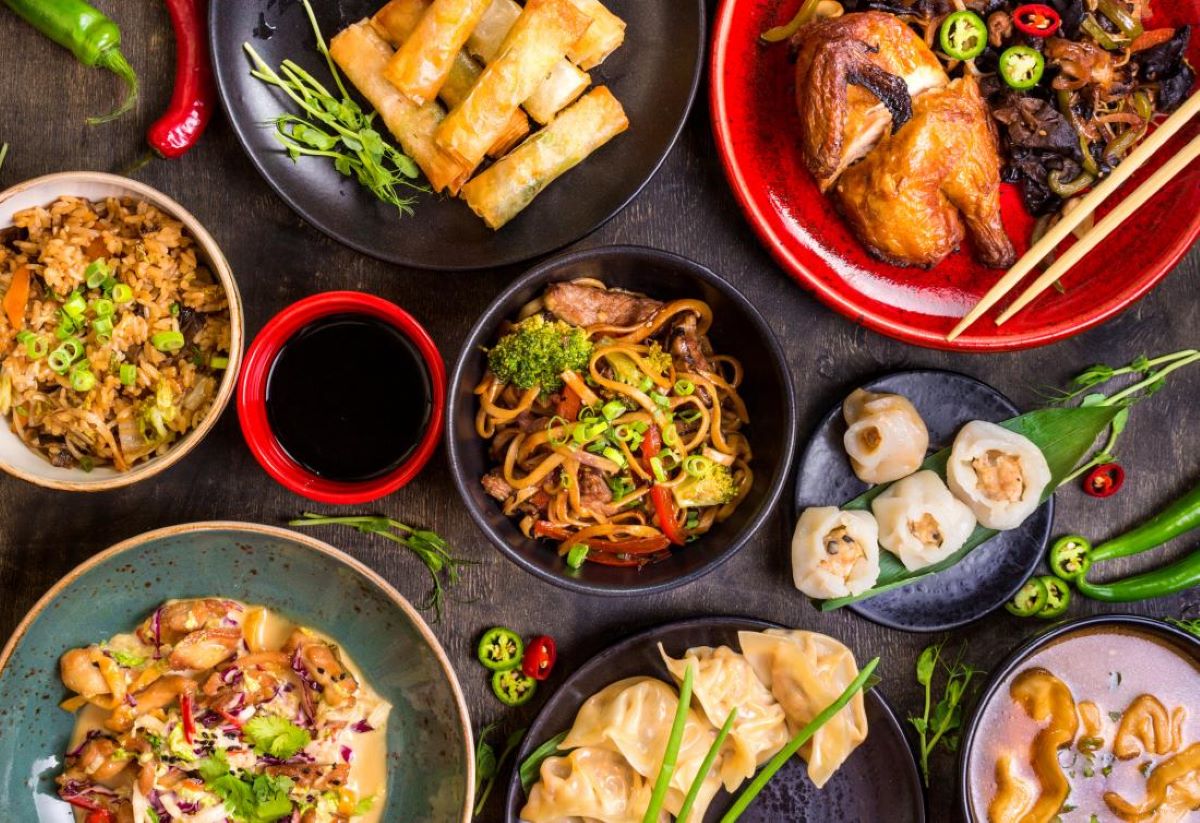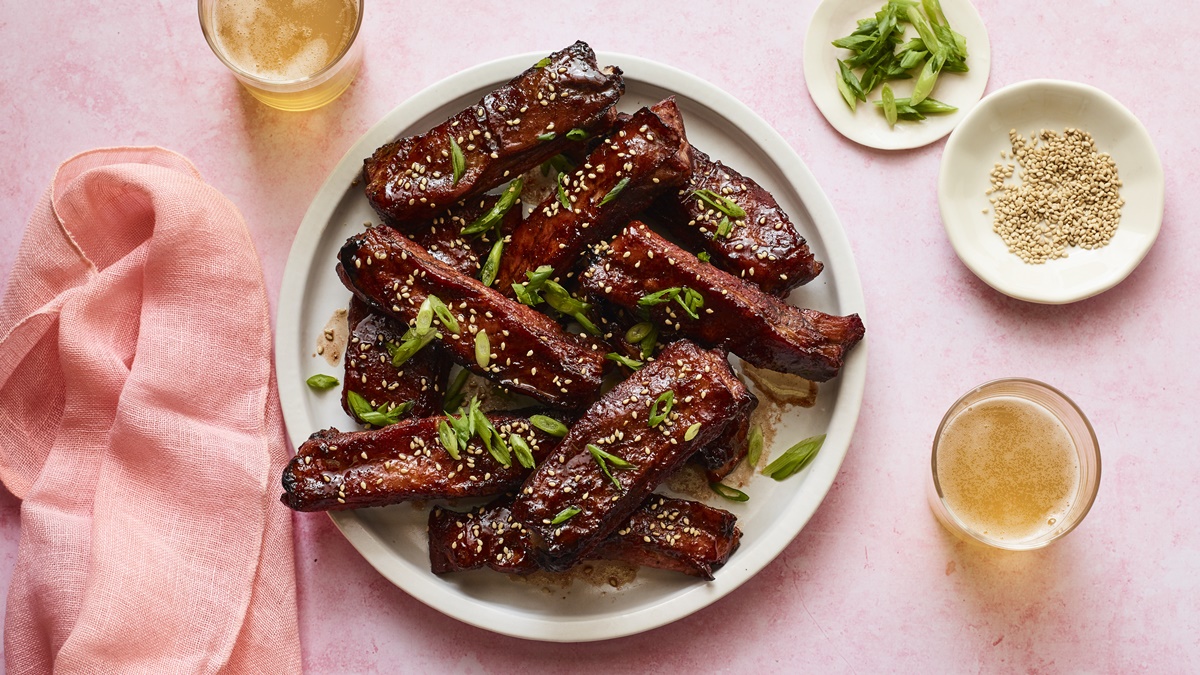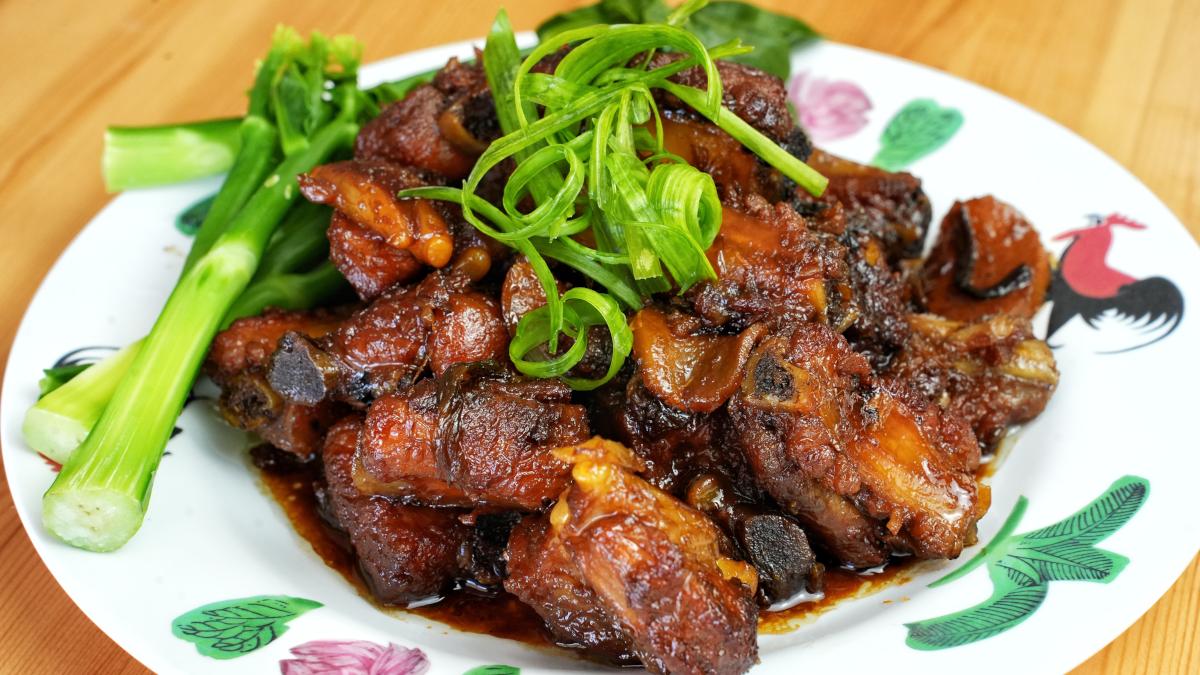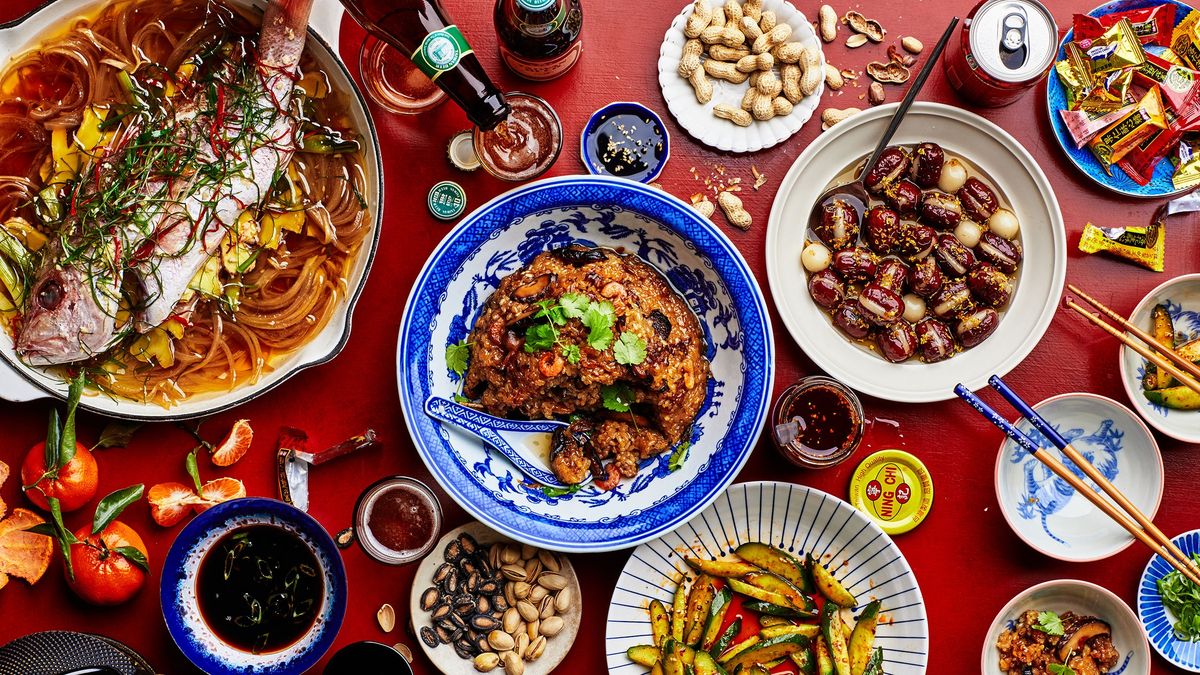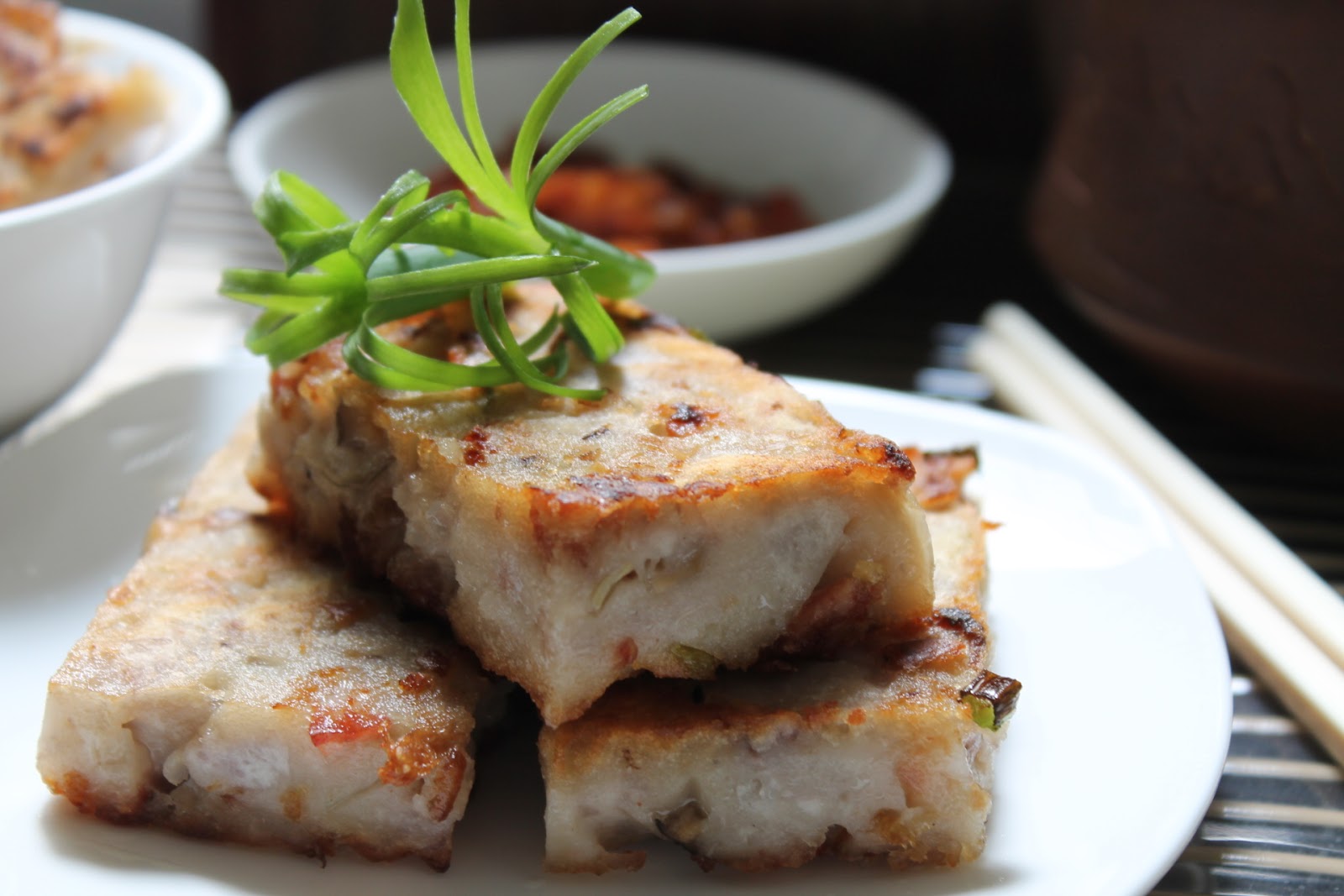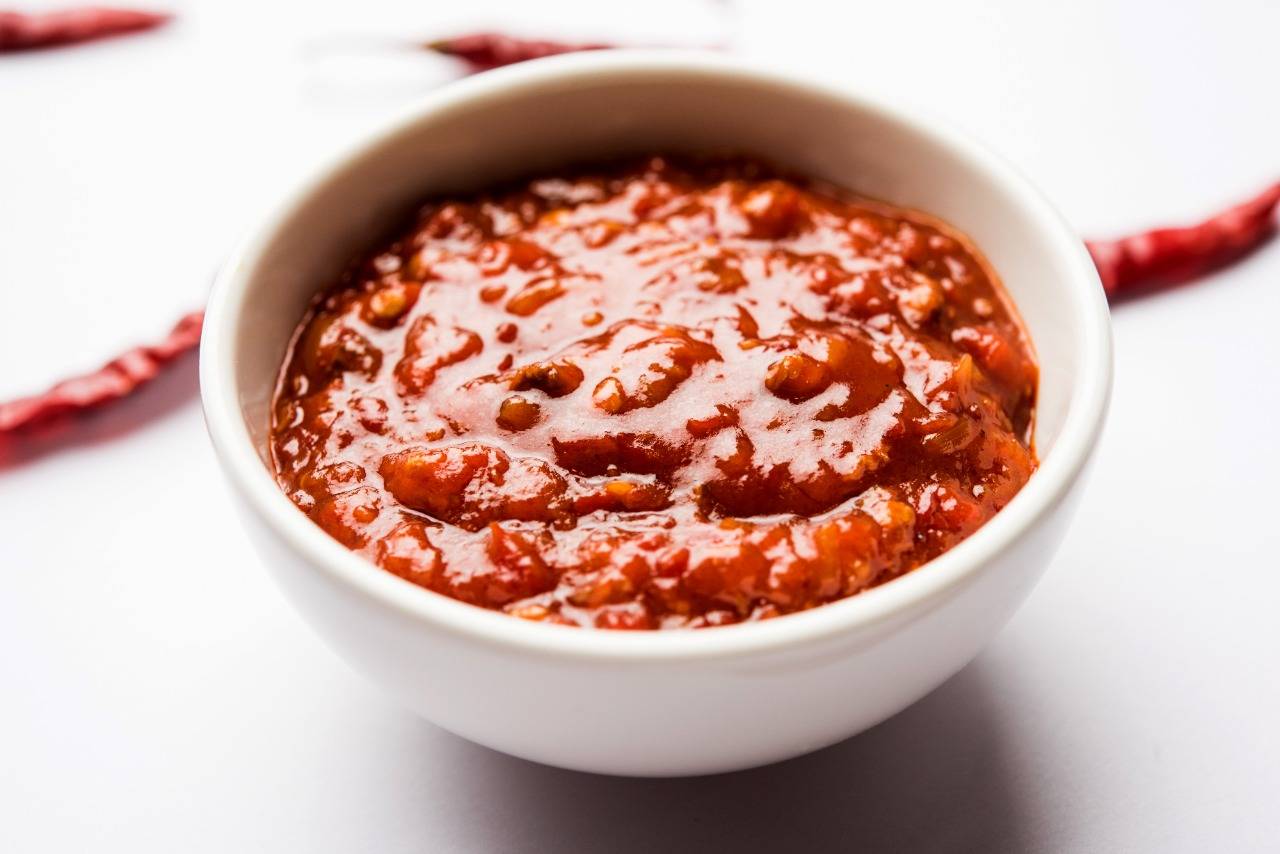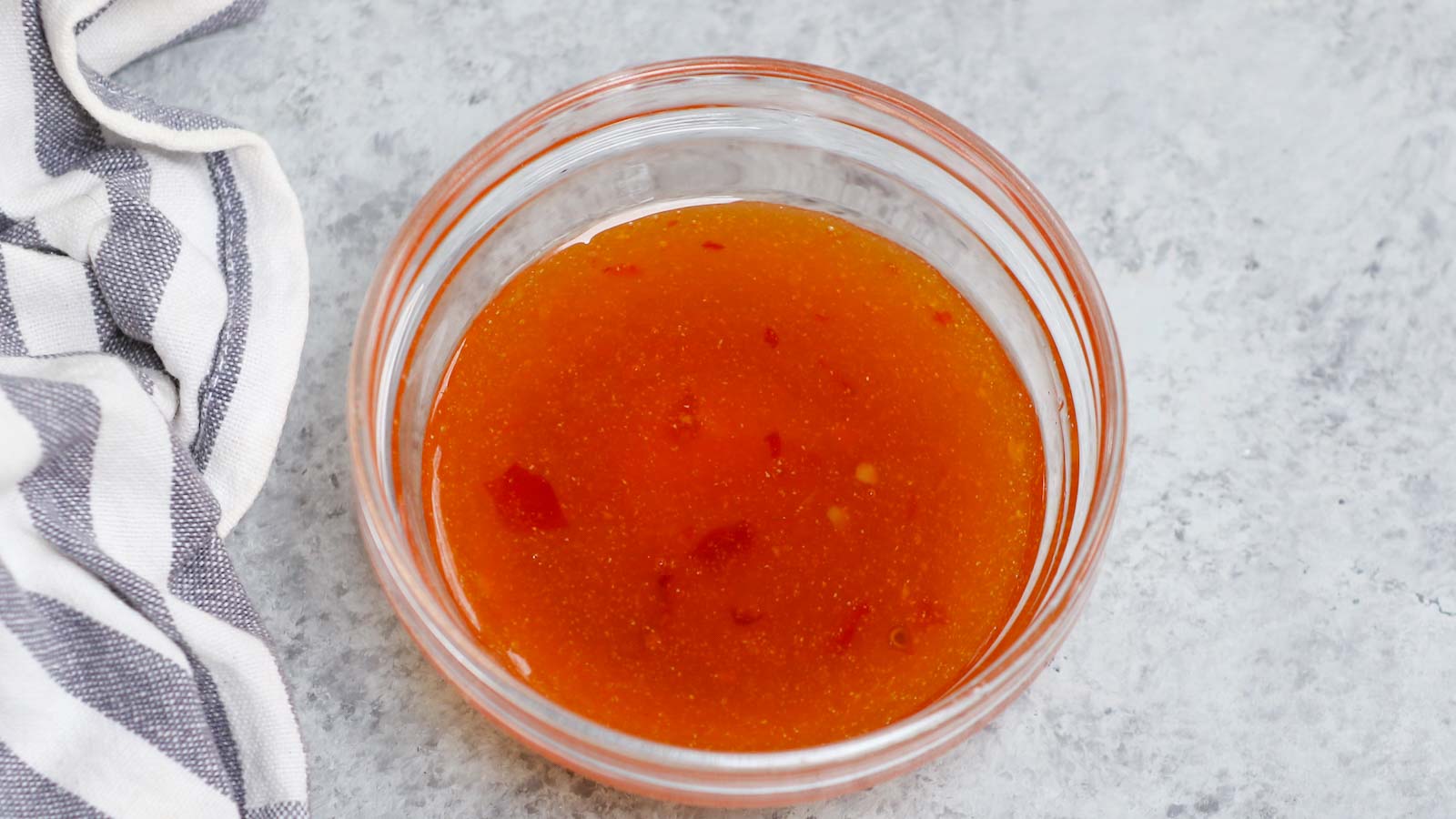Fuchsia Dunlop’s Chinese Pantry: Discover the Secrets of Authentic Chinese Cuisine
When it comes to Chinese cuisine, few names are as synonymous with authenticity and expertise as Fuchsia Dunlop. As a renowned food writer and expert, Dunlop has spent years immersing herself in the flavors, techniques, and traditions of Chinese cooking. One of the key pillars of her culinary knowledge is her cherished Chinese pantry, stocked with essential ingredients that truly bring a taste of China into any kitchen.
So, let’s take a closer look at Fuchsia Dunlop’s Chinese pantry and explore the must-have ingredients that make her dishes shine:
1. Soy Sauce:
No Chinese pantry is complete without a bottle of high-quality soy sauce. Whether it’s light soy sauce for seasoning or dark soy sauce for adding rich color and depth to dishes, soy sauce is an essential ingredient in many Chinese recipes. Look for brands like Kikkoman or Lee Kum Kee for an authentic taste.
2. Chinese Rice Wine:
Chinese rice wine is a versatile ingredient that adds aroma, depth, and complexity to Chinese dishes. It is commonly used in marinades, stir-fries, and braises, enhancing the overall flavor profile. Shaoxing wine, a popular variety of Chinese rice wine, is a staple in Dunlop’s pantry.
3. Sichuan Peppercorns:
Sichuan peppercorns are a key ingredient in Sichuan cuisine, known for their unique numbing and slightly citrusy flavor. These fragrant peppercorns add a distinctive kick to dishes like Mapo Tofu or Kung Pao Chicken. Store them in an airtight container to keep their flavor intact.
4. Fermented Black Beans:
Fermented black beans, also known as salted black soybeans, are deeply savory and provide a unique umami flavor to Chinese dishes. They are often used in sauces, stir-fries, and even steamed dishes. Rinse them before use to remove excess salt, then chop or mash them for easy incorporation.
5. Chinese Black Vinegar:
Chinese black vinegar is a subtly sweet and tart vinegar made from fermented rice, wheat, barley, or sorghum. It adds a tangy depth to dressings, dipping sauces, and noodle dishes. Zhenjiang vinegar is a popular and widely available variety in China.
6. Dried Shiitake Mushrooms:
Dried shiitake mushrooms have an intense umami flavor that enhances the taste of many Chinese dishes. They can be rehydrated and used in stir-fries, soups, and braises, infusing the dish with their rich earthiness. Keep a stash of these versatile mushrooms in your pantry.
7. Chinese Five-Spice Powder:
A blend of star anise, cloves, Chinese cinnamon, Sichuan peppercorns, and fennel seeds, Chinese five-spice powder is an aromatic seasoning used in both sweet and savory dishes. It adds complexity and depth to marinades, rubs, braises, and even desserts.
8. Doubanjiang:
Doubanjiang, also known as chili bean paste, is a spicy and salty fermented bean paste made from broad beans, soybeans, rice, and chili peppers. It is a staple in Sichuan cuisine and used to add heat and depth to stir-fries, sauces, and noodle dishes.
9. Oyster Sauce:
Oyster sauce is a thick, savory sauce made from oyster extracts, soy sauce, sugar, and spices. It has a rich, umami flavor and is commonly used in stir-fries and as a glaze for meats and vegetables. Look for reputable brands to ensure a high-quality product.
10. Chinese Longevity Noodles:
In Chinese culture, long noodles symbolize long life. These thin, chewy noodles can be found in many Chinese pantries and are commonly used in celebratory dishes, especially during birthdays or Chinese New Year. They can be stir-fried or boiled and served in broths or cold salads.
By stocking your pantry with these essential Chinese ingredients, you’ll be well on your way to recreating the authentic flavors of China in your own kitchen. Fuchsia Dunlop’s Chinese pantry is a treasure trove of culinary gems, allowing you to explore the diverse and vibrant world of Chinese cuisine. So, embrace these flavors, experiment with traditional recipes, and embark on a delicious journey through the rich tapestry of Chinese cooking.
